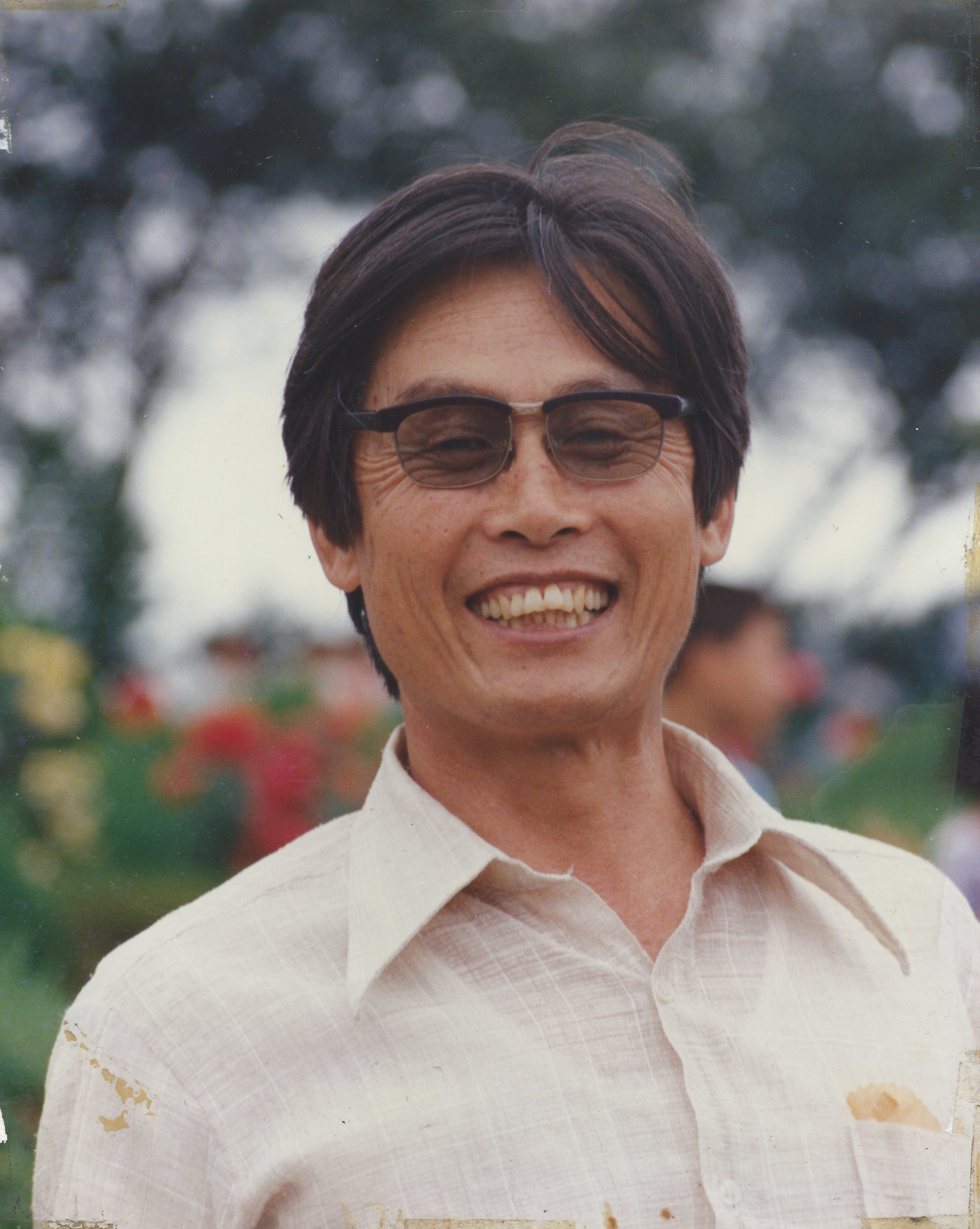반응형
Yusong Foot Spa (Korean: 유성온천) is a public natural hot spring located in an urban park in Yuseong-gu, a district of Daejeon Metropolitan City, South Korea. The foot spa is open year-round and is free to the public. The park features fountains, streams, colorful lighting, a water wheel, and a vending machine for towels, and is well frequented by locals.
.
According to the Korean language information at the site, the #Yusong Foot Spa opened October 5, 2007. The foot spa consists of a series of outdoor “wading pools” approximately 10 inches (30 cm) deep. The main pool has an irregular outline 60 feet (15 m) long and averaging roughly 4 feet (1 m) wide between edges finished with stones and benches allowing visitors and passersby to sit while dabbling their feet in the water. Parts of the bottom are lined with smooth rock and pebble to provide a foot massage to those strolling through the water. A gazebo covers one end of the wading pool.
.
The spring water in Yusong Hot Spring originate from between 215 and 450 meters deep, are soft and mildly alkaline (pH 7.5 to 8.5) with a high mineral concentration including silicate (SiO2), known for softening the skin. The water temperature is also relatively high, ranging from 41 degrees to 57 degrees Celsius.
.
#Sokcho (Korean: 속초; (Korean pronunciation: [sʰo̞k̚.tɕʰo̞])) is a city in Gangwon Province, South Korea. It is located in the far northeast of Gangwon. The city is a major tourist hub, and a popular gateway to nearby Seoraksan national park. Sokcho is home to the few lakes: Yeongrangho and Cheongchoho that are naturally created by the East Sea It was under DPRK control from 1945 to 1950, but on August 18, 1951, the South Korean army captured it.
.
Sokcho originally was a part of Dongye from roughly 3rd-century BC to around early 5th-century. Sokcho started from just a fishing village with a few people around Cheongchoho. In 1905, it became one of the major ports because of its geological feature. Since Cheongchoho lake is adjacent to the Sea of Japan, big ships were able to come in and out with ease. Later on, Sokcho, linked with Seoul by air and road, the city became a mineral transfer port in 1937. Upon the division of the Korean peninsula into two countries following World War II, Sokcho was on the North Korean side of the border, but since the Korean War armistice (1953), it has been a part of South Korea.
.
#Jeollyu-ri Port is the northernmost fishing village of Hangang River, where you should ride to the end of Hangang-ro, Gimpo. This port is in the military zone neighbored North Korea so only limited people are allowed to fish there. Diverse fishes from this area having rough tidal current and the joint point of freshwater and seawater are delivered to Jeollyu-ri Port every day. You can see extraordinary scenery which is gathering place of gray mullets, soles, carp and yellow puffer fishes. There is small marine products direct market and raw fish towns, you can enjoy fresh raw fishes in seasons and can buy those in reasonable price through direct dealing. In autumn, there is a festival jumbo shrimps and Jeoneo (gizzard shads).
.
+++



















































































반응형
'1. Dr. Sam Lee > 여행스케치' 카테고리의 다른 글
| 122. Mt Madonna County Park, Santa Clara County (0) | 2022.11.21 |
|---|---|
| 121. Seoul, Hyundai Premium Outlets Gimpo, Songdo International Business District (0) | 2022.11.12 |
| 119. History of Ulleungdo and Dokdo, South Korea (0) | 2022.11.11 |
| 118. Ulleungdo, a South Korean island 75 mile east of the Korean Peninsula in the East Sea (0) | 2022.11.10 |
| 116. Gangneung to Jeodong Ulleungdo by Ferry (0) | 2022.11.07 |
